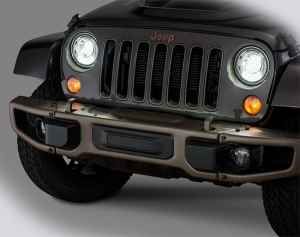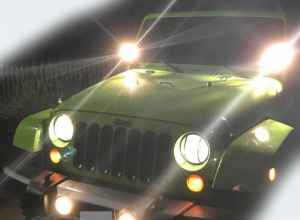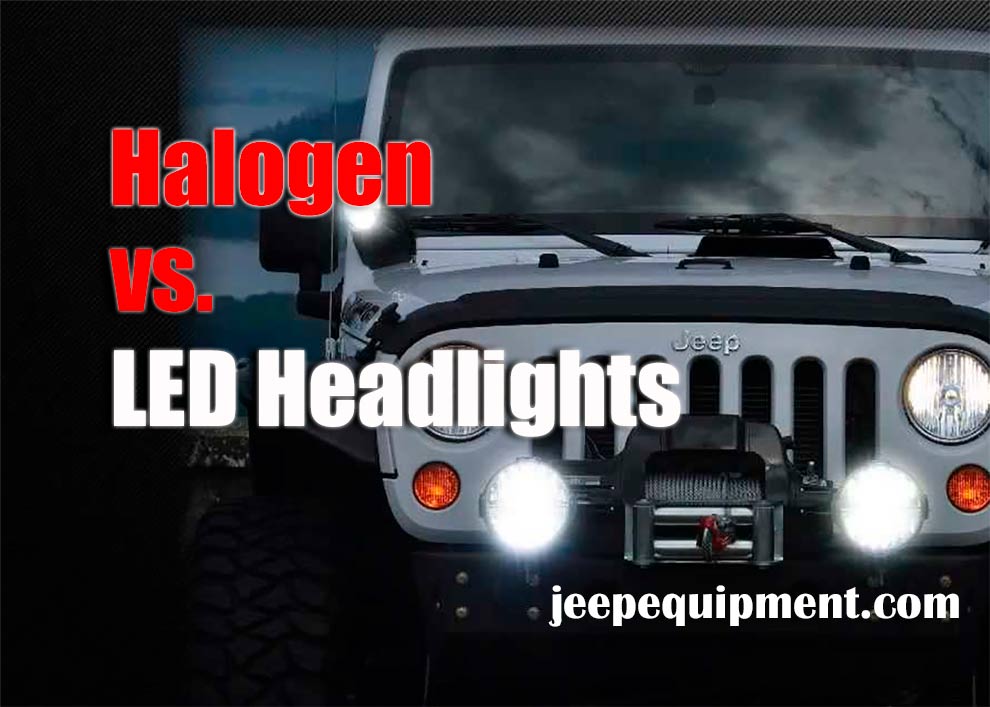Back in the day, LED lights used to be only available with really expensive or high-tier cars. In 2021, thanks to fierce competition and technological advancements, LEDs have pretty much taken over the world. But how do they compare to halogens? Which will be a better choice for your vehicle? That’s exactly why we’re here: to talk about the differences between these two options and find the winner of the competition.
We’ll start with LEDs and talk about their pros and cons. Next, we’ll move on to halogens and see what they’ve got to bring to the table. And if you want to check out my verdict, you can just jump to the conclusion, but I strongly recommend reading the detailed reviews so that you learn all the ins and outs. Let’s start!
LED Headlights

LEDs are pretty bright, too. A high-quality set will make it feel like you’re driving during the day when it’s actually dark outside. Add resistance to water and dirt, and you’ll see why they’re so popular. LED headlights do have their downside, though. First of all, their brightness depends on the wattage. The higher the wattage, the brighter they’ll be, but that also means a steep price-tag. See here the Best Led Headlights.
Furthermore, while the lifespan is, indeed, impressive (the best LEDs can serve you for up to 50K hours), it’s not rare for some of the tiny bulbs to burn out. And, unless you know your way around lights and electricity, it will be pretty hard to replace them (the rest of the lights will keep on working, though).
Halogen Headlights

You can get them for 20-30 American dollars, or even cheaper. Back to the cons, halogens consume tons of power. A 100-watt light requires 5-10 amps to light your way, and that can put a lot of pressure on the battery. A set of four halogens (a pretty standard setup for Jeeps) will cost the battery 40 amps. Keep that in mind when planning a trip into the wilderness and make sure you’ve got enough “juice”. Choose here the Best Halo Lights for Jeep Wrangler.
The Verdict
Alright, it’s time to sum things up. LED headlights are generally brighter and cast a wider light pattern, which is very important if you prefer to off-road when it’s dark outside. LEDs are also whiter than halogens, and that’s a good thing. Add a longer lifespan and less energy consumption, and you’ll instantly see why both the manufacturers and the regular drivers are loving them.
Halogens used to be the stars of the show years ago when they were significantly easier to produce and compatible with pretty much all cars at the moment. Still, they do have their pros. Mainly, halogen lights are really cheap. Plus, they’re much easier to replace without a pro to help you out. And let’s not forget that individual LED lights go out way sooner than halogens. So, there you have it!
Oh, and by the way, if you were planning on buying a set of Halo Headlights for Jeep, keep in mind that they’re illegal for street use. The US laws prohibit using any other colors but yellow and blue (sometimes, amber is also permitted, depending on the state).

Add Comment